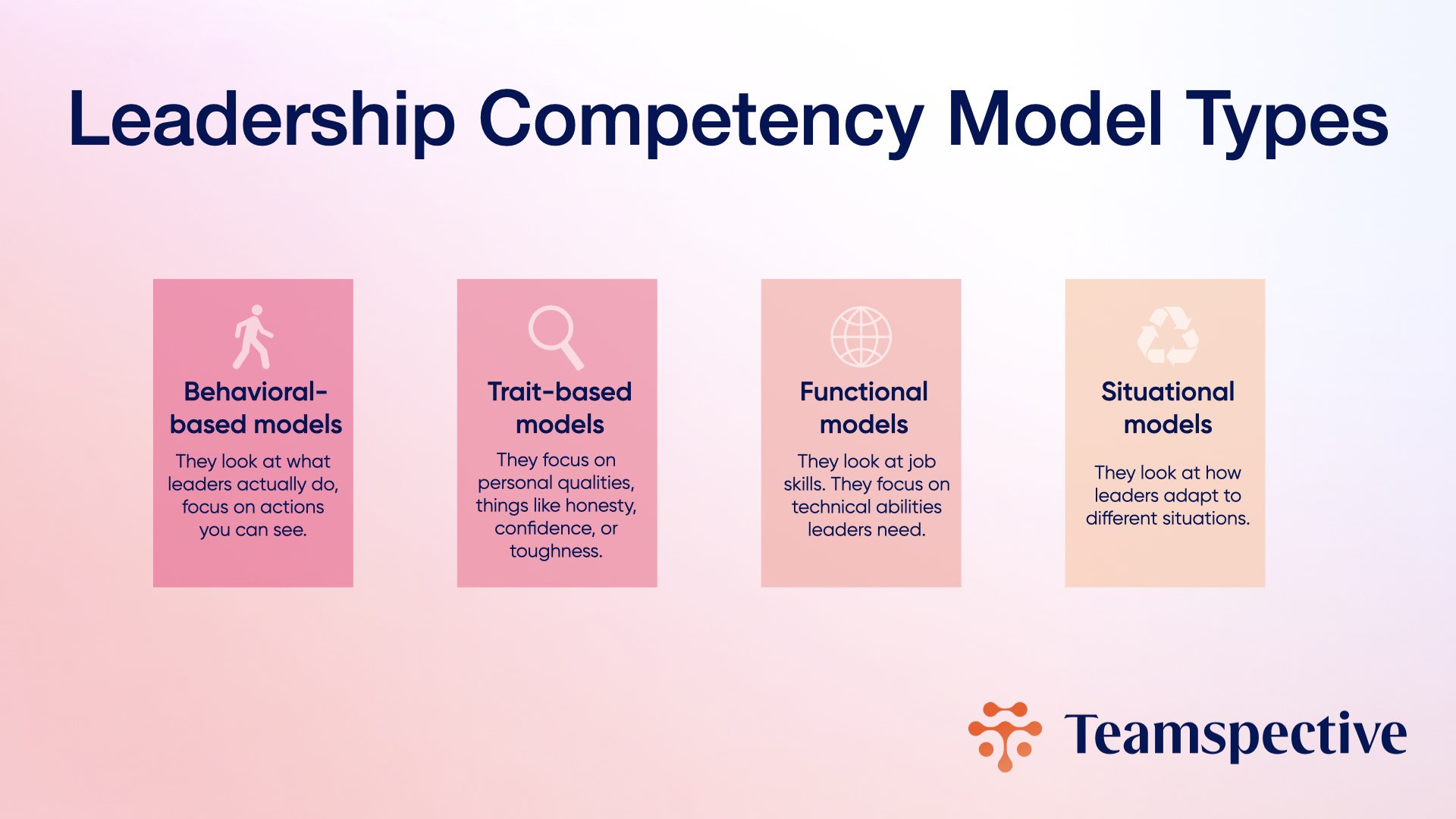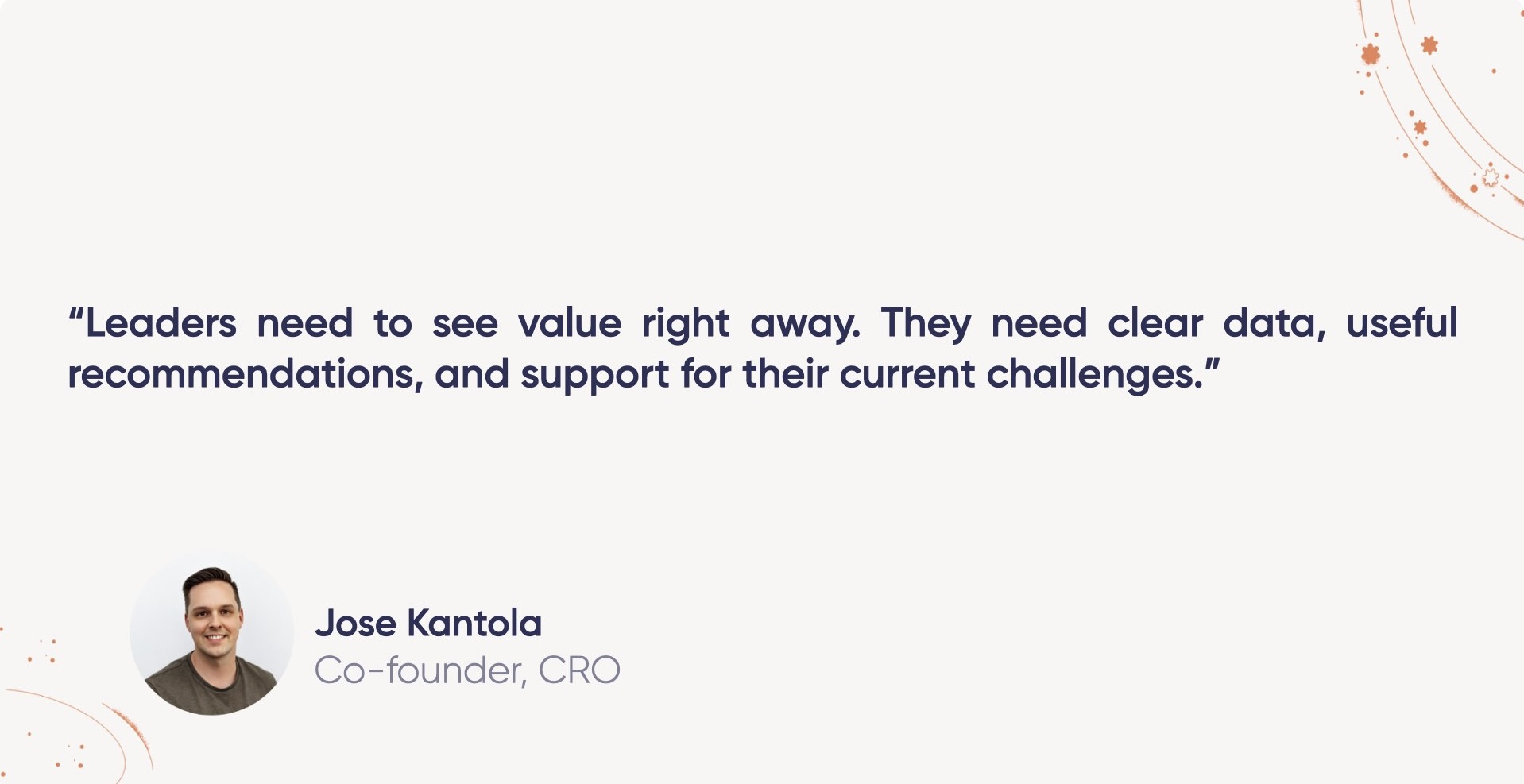Leadership Competency Model: What It Is and How to Build It
June 13, 2025Build a clear leadership competency model. This creates consistency across your company. In this article, I'll show you what these models are. I'll explain why they matter. And I'll teach you how to build one that works.
I’ve worked with many companies over the years. Most struggle with one big problem: their leaders aren’t consistent. Some are great. Others just get by. This creates problems between teams. It also hurts performance.
The fix? Build a clear leadership competency model. This creates consistency across your company. In this article, I’ll show you what these models are. I’ll explain why they matter. And I’ll teach you how to build one that works.
What is a Leadership Competency Model?
A leadership competency model is simple. It’s a framework that shows what good leaders need. It lists the skills they should have. It describes how they should act. It explains what makes them successful in your company.
The main goal is clear. Everyone should know what good leadership looks like. This framework helps in many ways. It guides leadership development. It helps with performance reviews. It makes hiring decisions easier. Most importantly, everyone knows what leaders should do.
Many companies call these “leveling frameworks.” They show different levels in jobs or departments. Let’s say you’re a level two engineering director. The framework tells you exactly what you need. It shows what skills to have. It explains how to behave. It describes what impact to make.
Explore Leadership Enablement
Turn insights into action with Teamspective's Leadership Enablement solution.
Types of Leadership Competency Models
Not all leadership models are the same. Knowing the different types helps you pick the right one. Here are the main types you’ll see:
- Behavioral-based models look at what leaders actually do. They focus on actions you can see.
- Trait-based models focus on personal qualities. These include things like honesty, confidence, or toughness.
- Functional models look at job skills. They focus on technical abilities leaders need.
- Situational models know that leadership changes. Different situations need different approaches.
You’ll also see industry-specific models made for certain fields. Universal models work for any industry. The best approach mixes different types. It should fit your company’s unique needs and values.

Core Skills of Effective Leadership Competency Models
Every company is different. But some skills show up in most good leadership models:
- Strategic thinking and vision help leaders see the big picture. They connect daily work to long-term goals.
- Communication and people skills let leaders share ideas clearly. They listen well and build relationships.
- Decision-making and problem-solving help leaders handle tough situations. They make good choices under pressure.
- Change management and flexibility are crucial as businesses change. Teams face new challenges all the time.
- Team building and teamwork help leaders create strong, high-performing groups.
- Performance management and accountability ensure leaders develop their people. They also drive results.
- Emotional intelligence and self-awareness help leaders understand their impact. They manage relationships better.
Remember: no leader will score high on all the competencies. However, you can normalize excellent leadership in your company through continuous leadership enablement.
Developing a Leadership Competency Model
Building a good model takes a clear process. Keep the following steps in mind:
Assess Organizational Needs
Start by mapping your opportunities. What leadership problems does your company face? Do you have inconsistent leadership quality? Do you promote people without clear guidance?
I always tell companies to focus on impact. It’s better to pick one area and do it well. Don’t try to create processes for five different areas at once. Leaders won’t use them.
Identify Core Competencies
Look at your best leaders. Study what makes them successful. Do they spend more time with senior leadership? Do they run more cross-team meetings to understand strategy? Are they really good at following up on employee survey results?
This works better with bigger leadership teams. When you compare many leaders, you see patterns. These patterns show which skills really drive performance.
Design the Framework
Define how you’ll measure and assess skills. Fortunately, many HR analytics tools can assist you nowadays.
This is where many companies fail. They create beautiful frameworks that no one uses. Why? Because there’s no practical way to use them.
Your framework should be clear about expectations. It should show what’s expected at different leadership levels. An engineering director should know exactly what behaviors show your company values. They should know what impact to deliver at their level.
Implement and Communicate
Timing is everything here. You need to nail the launch. This is when it’s easiest to get leaders excited. They’ll invest time in learning the new framework.
If you launch poorly, it’s hard to recover. You can’t create the same excitement six months later. Leaders need to see value right away. They need clear data, useful recommendations, and support for their current challenges.

Monitor and Evaluate
Build measurement into your process from day one. Most leadership development plans fail because companies can’t track if it’s working.
I’ve seen cases where executives think collaboration is “fine.” But employee surveys show 20% lower scores on the same topics. Leadership teams often see things differently than everyone else. This is why objective measurement is essential.
Use leadership development tools and feedback software to track progress. Ask specific questions about the skills you’re developing. Are they actually improving from employees’ point of view?
Benefits of Using a Leadership Competency Model
Leadership competency models have numerous benefits. Below are just some of them.
Better Leadership Performance
Clear expectations help leaders focus on their growth. They work on what matters most for your company.
Better Leadership Development
Instead of generic training, you can give personal guidance. This is based on each leader’s specific gaps and your company’s unique needs.
Stronger Performance Management
These models give you concrete ways to evaluate leadership. You can identify what needs development.
More Consistent Leadership
When everyone knows what good leadership looks like, there’s less friction. You avoid problems from wildly different leadership styles across teams.
Better Alignment
Your leadership skills should support your company’s goals and values. This creates stronger unity across the organization.
The real advantage comes when you can give tailored, timely support. Instead of sending every leader through the same training, modern tools can help. They combine your framework with real performance data. This gives each leader specific, relevant guidance exactly when they need it.
Conclusion
A well-designed leadership competency model isn’t just another HR document. It’s a practical tool that can solve the hidden costs of poor leadership. It fixes inconsistent performance across your company.
The key is starting with clear priorities. Build measurement into your process. Make sure leaders can actually use the framework to improve their daily work. When done right, you should see improvements within weeks, not months.
If your company is ready to move beyond inconsistent leadership, start by assessing your biggest opportunities. Map out one skill area you can do well. Then build from there.
Remember: the goal isn’t perfection from day one. It’s creating a foundation for ongoing leadership development that actually drives business results.
Ready to see how data-driven leadership development works in practice? Teamspective’s** Leadership Enablement Platform** combines engagement, performance, and collaboration insights to help your leaders make better decisions faster.



